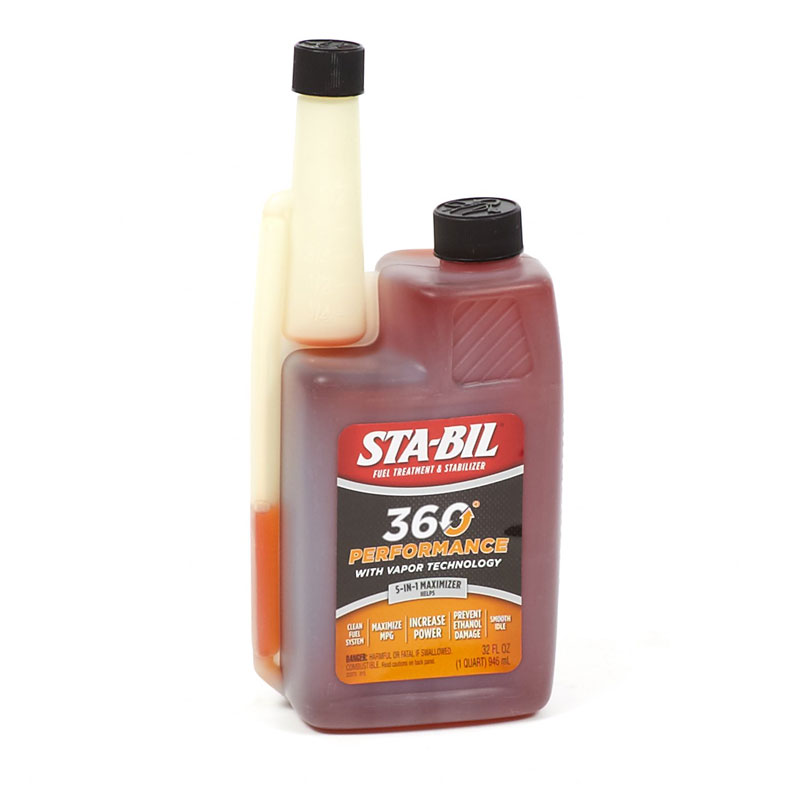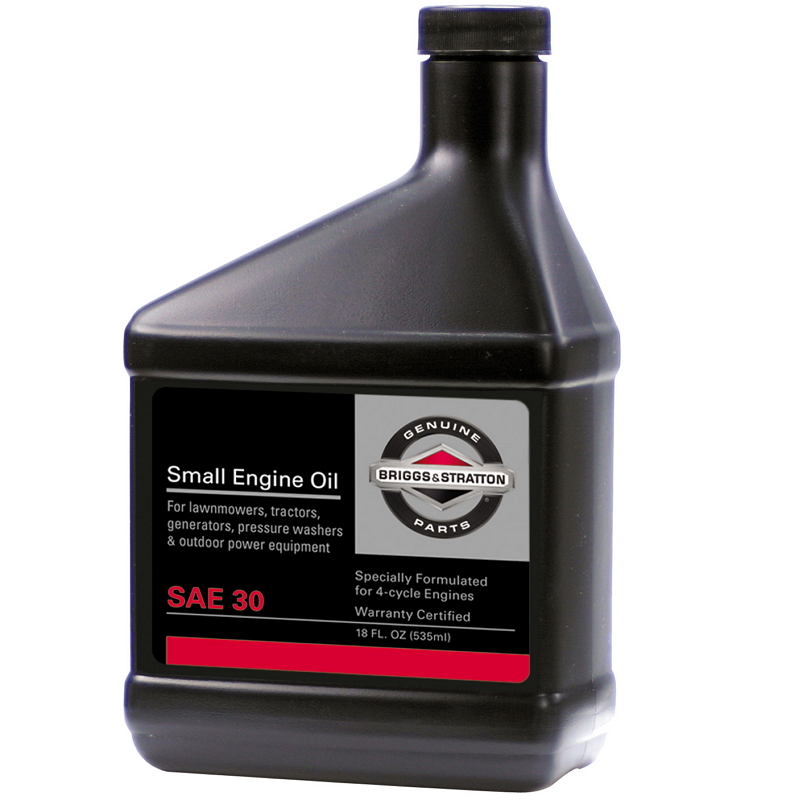Small Engine Problem Solving Tips
Quick Links:
Small Engine Won’t Start or Runs Poorly
Determine why your small engine won't start by checking your oil level, fuel level, spark plug, carburetor, valve & compression levels and more. Follow along to troubleshoot and learn when it's best to service your engine.
Troubleshoot Your Mower:
Troubleshoot Your Snow Blower:
Stale, untreated gas begins to break down after about a month. Drain the gas from your lawn mower or outdoor power equipment, including any fuel in the carburetor float bowl, and then replace with fresh gas and fuel stabilizer to extend the life of your fuel.
Your fuel needs to be stored in a suitable container and treated with fuel stabilizer to be sure it doesn’t go stale. Stale fuel, dirt, and debris are the most common cause of outdoor power equipment not starting or running properly. If you store equipment with untreated gas in the tank, it can lead to engine damage.
Check your oil level and appearance every time you use your engine while it is cold and add oil as necessary. See you operator's manual for suggested oil change intervals.
- Refer to our Checking and Changing Mower Oil FAQ for further assistance.
The carburetor regulates how air and fuel move through the engine. A dirty carburetor can cause poor engine performance or starting problems.
- For cleaning your carburetor, follow these steps.
- For rebuilding your carburetor, follow these steps.
Disconnected, dirty or fouled spark plugs are common causes for engines that won’t start. See your operator's manual for recommended spark plug change intervals.
You should also check to make sure the spark plug gap is set correctly. An improper spark plug gap could lead to engine knocking and poor performance.
- Follow this guide to check and replace your spark plugs.
If your spark plugs look good, problems with your ignition system can also prevent a spark.
These problems can range from a faulty spark plug lead, shorted kill switch or other ignition components.
- To test and fix possible problems, check out our Small Engine Ignition Systems FAQ.
If the engine is emitting white or blue smoke, this means your engine is burning oil. Check our Engine emits white/blue smoke while running FAQ for assistance.
If the engine in emitting black smoke, this could mean that the air filter is dirty, the fuel could have gone bad, the oil is overfilled ,and/or the carburetor is flooded. Start by checking your air filter, if it looks okay, check oil level and drain to the correct level if needed, then, move onto replacing the gas. If the problem continues, refer to the following for cleaning/replacing your Carburetor
- For cleaning your carburetor, follow these steps.
- For rebuilding your carburetor, follow these steps.
Air-fuel compression is crucial to engines powering lawn mowers and outdoor power equipment.
If there isn’t proper valve clearance or there’s a leak, this can cause compression problems that can lead to hard starting or prevent the engine from starting at all. You can perform a cylinder leak down test with a leak down tester. The results from this test can provide insight on what might be wrong in the combustion chamber. If you don’t have one of these, we recommend visiting your Briggs & Stratton repair dealer.
WARNING: Always read the engine and equipment manual(s) before starting, operating, or servicing your engine or equipment to avoid personal injury or property damage. See an authorized dealer or contact Briggs & Stratton if you are unsure of any procedure or have additional questions. Find all Engine Safety Warnings
Shop Related Maintenance Parts
HOW-TO ARTICLES
Learn how to properly and safely use, troubleshoot and maintain your Briggs & Stratton equipment.
VIDEOS
Learn about the latest products, step-by-step instructions on how to locate your engine model number and more.





